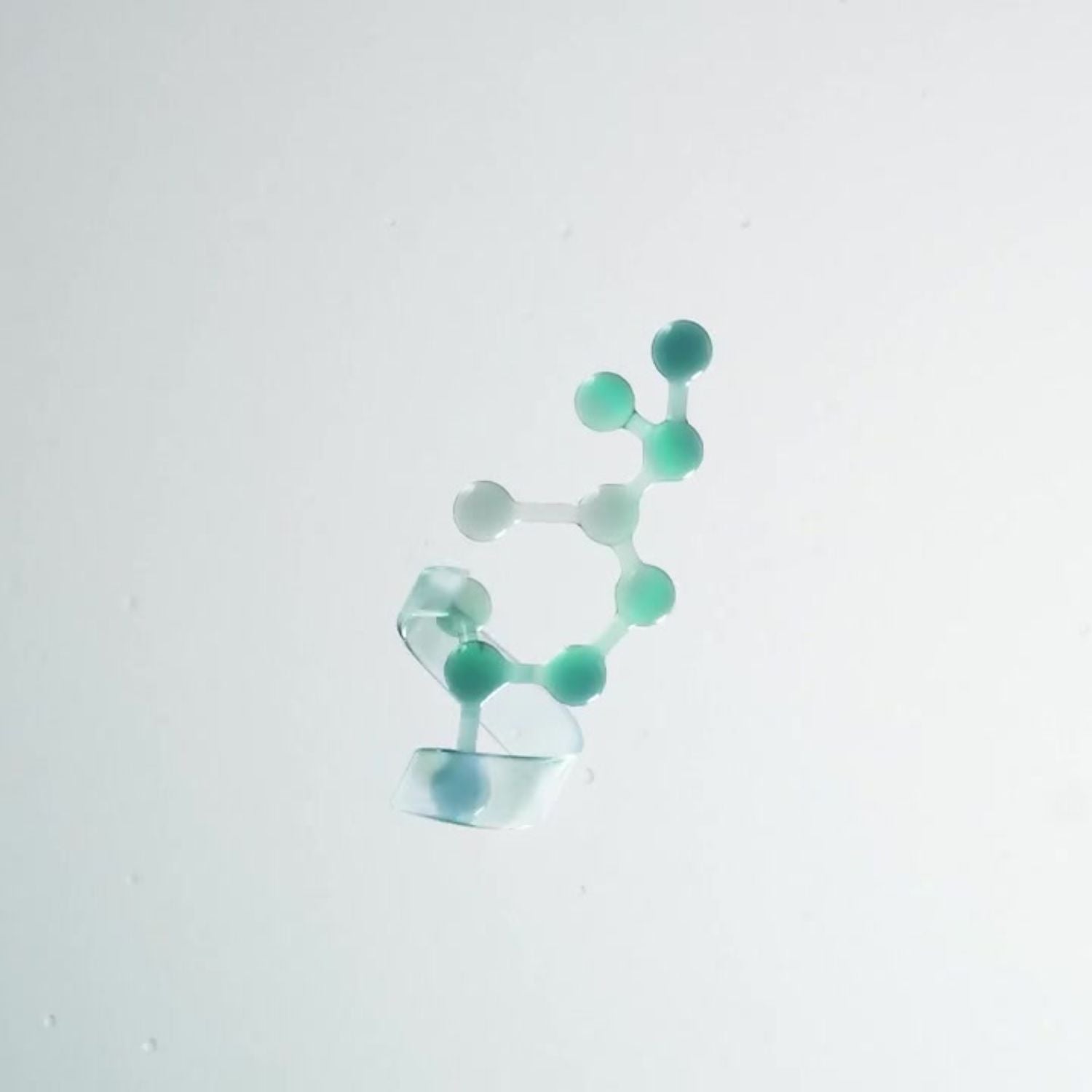01
What are the skin’s core functions?
ProtectionEven if your skin is sensitive, it is still a very powerful shield. Beneath our skin, our body is incredibly vulnerable to outside aggressors like bacteria and UV rays. Our first line of defense against pathogens and physical injury, the epidermis keeps bacteria, viruses, and other damaging elements from entering our bodies unchecked. [1] In fact, our epidermis contains a special kind of immune cells called Langerhans cells, which determine the appropriate immune response to foreign substances on the skin – activating other immune cells when they detect pathogens. [2]The skin’s protective features don’t end there. Oils created in the dermis prevent your skin from absorbing too much water when you take a bath or go for a swim–protecting against external environmental factors that might otherwise throw off the body’s delicate balance. Plus, fat in the deeper layers of the skin protects our muscles and bones from injury–especially important when we fall or get cuts and lacerations. [1]RegulationIn addition to protecting our body against the elements, the skin also plays many important roles in regulating the delicate internal environment required for optimal health.One of the most important functions of skin is regulating our internal body temperature. Blood vessels in the dermis help keep our body temperature steady by dilating or constricting during times of intense heat or cold. This allows more or less blood to pass through the vessels near the skin surface, either releasing or retaining the body’s heat in the process. Another important way that skin helps regulate body temperature is by hosting our hair follicles and sweat glands. Both hair and sweat help regulate our body temperature in response to heat, cold, and stress. [3]In addition to temperature regulation, our skin also helps us maintain optimal internal hydration levels. Our bodies are about 55-60% water and water is essential to everything from brain function to new cell formation. [4] The outermost layer of the skin–the stratum corneum–is a relatively waterproof barrier that not only keeps excess water out but also helps keep moisture inside our bodies–ensuring we have enough water to support essential organ function. [3]Finally, the skin plays a critical role in whole-body health by participating in vitamin D synthesis. While we can get vitamin D from some food sources, most of the vitamin D we need is created in the skin as a result of sun exposure. Because vitamin D impacts a number of the body’s essential processes, the skin’s role in vitamin D synthesis helps regulate whole-body health. Insufficient vitamin D levels are linked to bone weakness, hormonal imbalances, and muscle spasms. [5]SensationConsider the last time you touched a hot pan or accidentally pricked your finger while trimming roses. Just minor injuries, right? Now think about what those injuries might have been if you hadn’t felt that first flash of heat or sting to let you know to draw your hand away. This is the importance of skin’s sensory functions.As our primary sensory organ, skin helps us interact with the outside world: sensing both painful and pleasant stimuli to help us avoid injury and gather vital information about the things we touch. Some areas of our skin–including the fingertips and toes–contain more nerve endings so they can send the brain more information about the things we touch or step on. [4]





